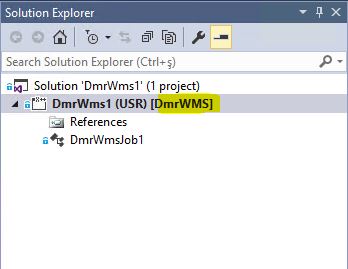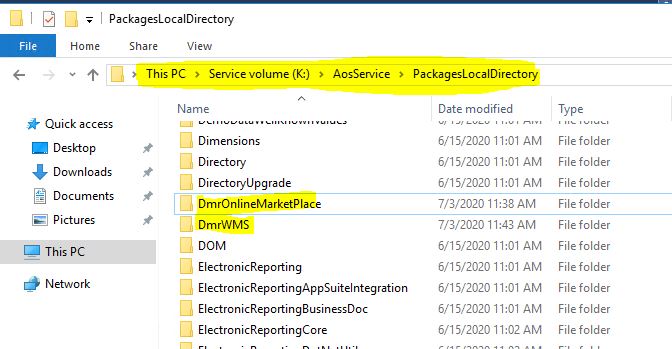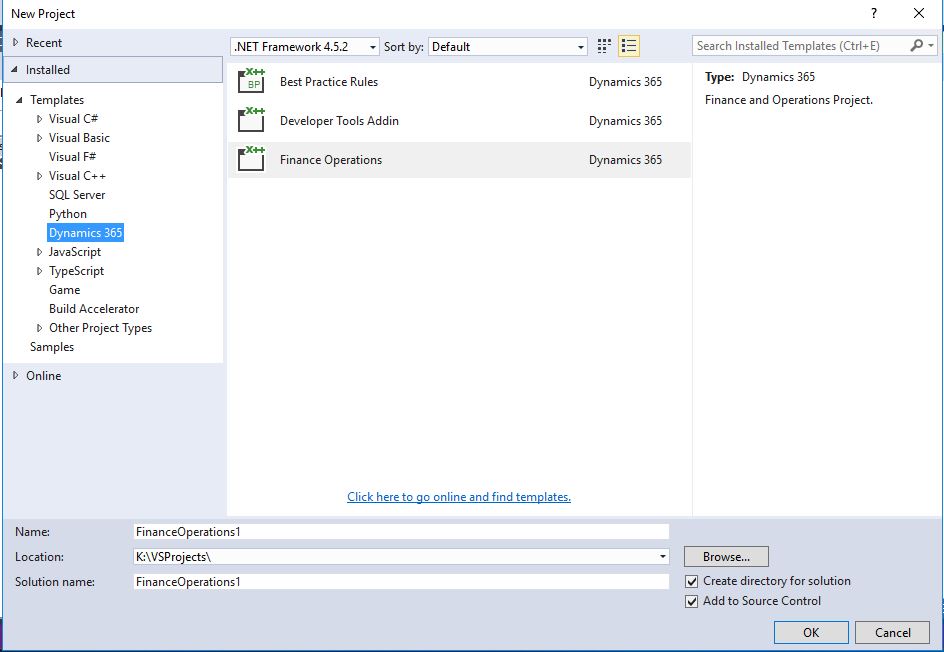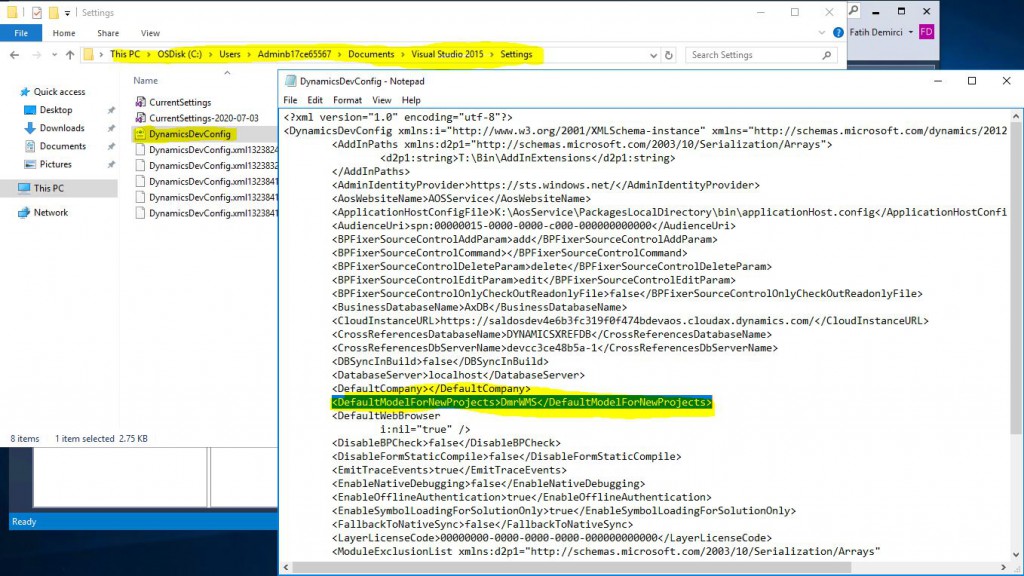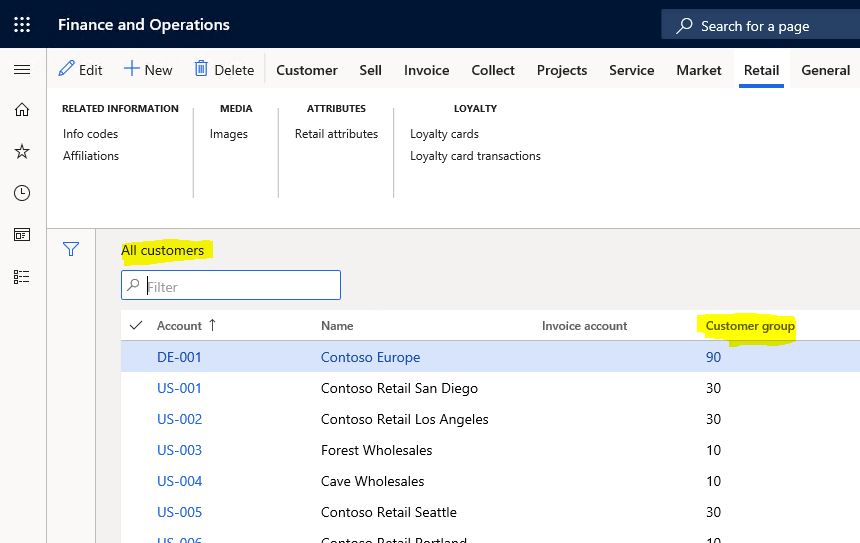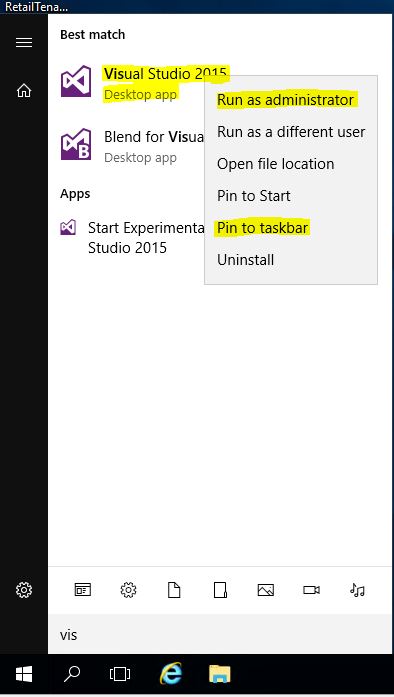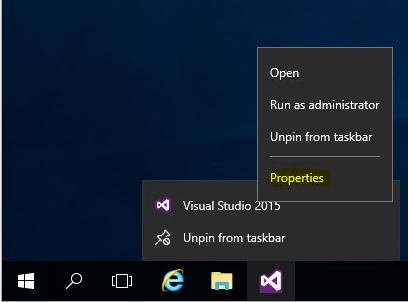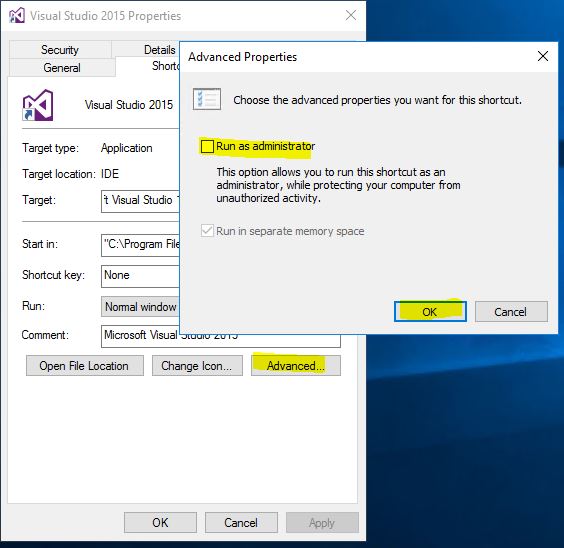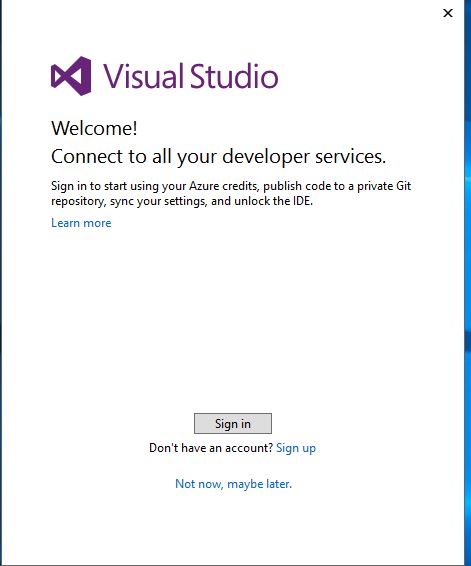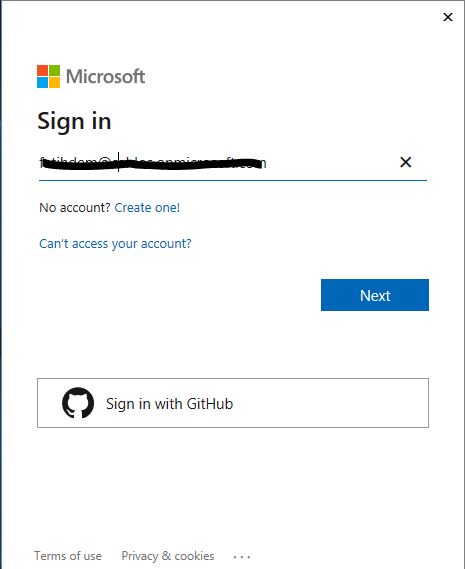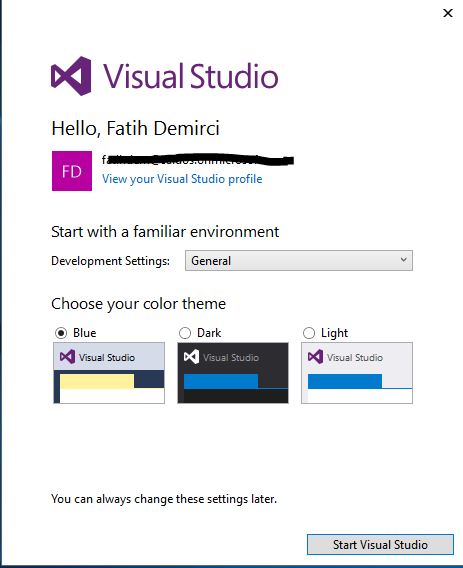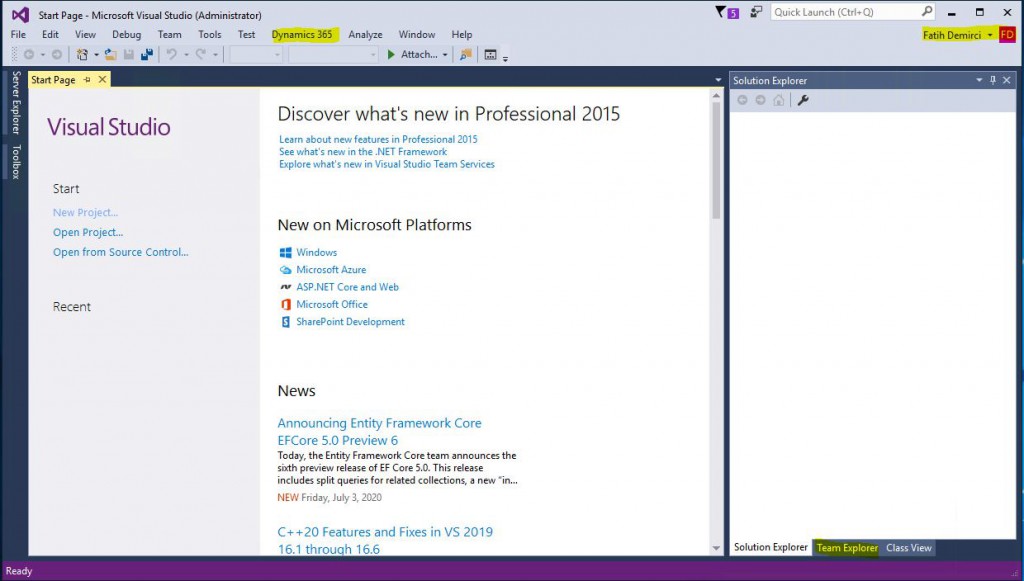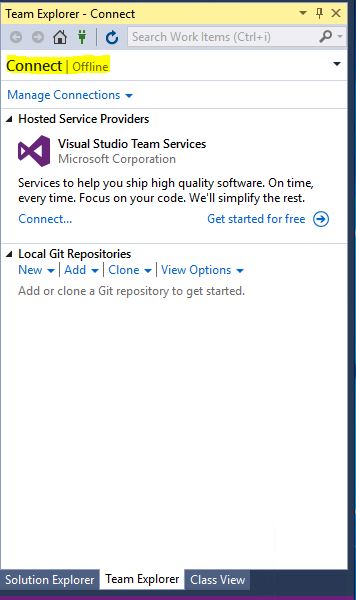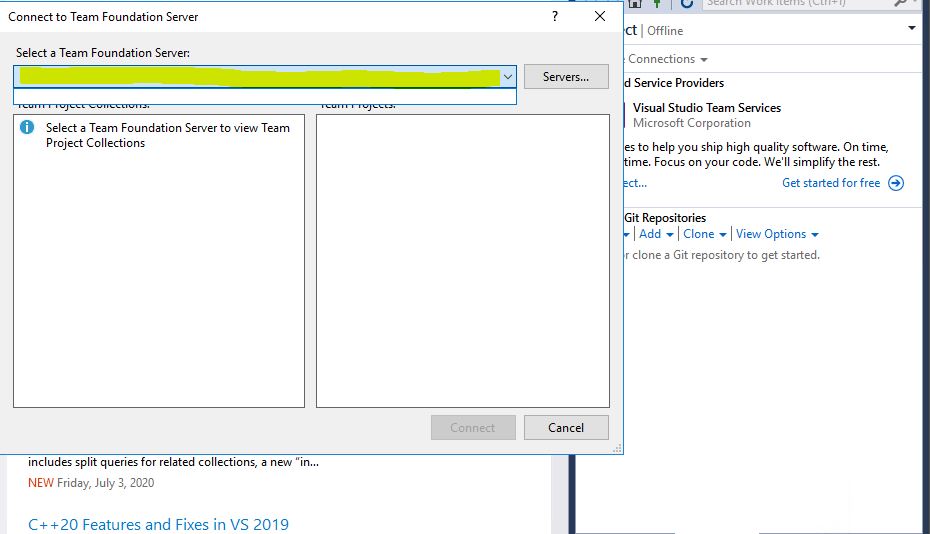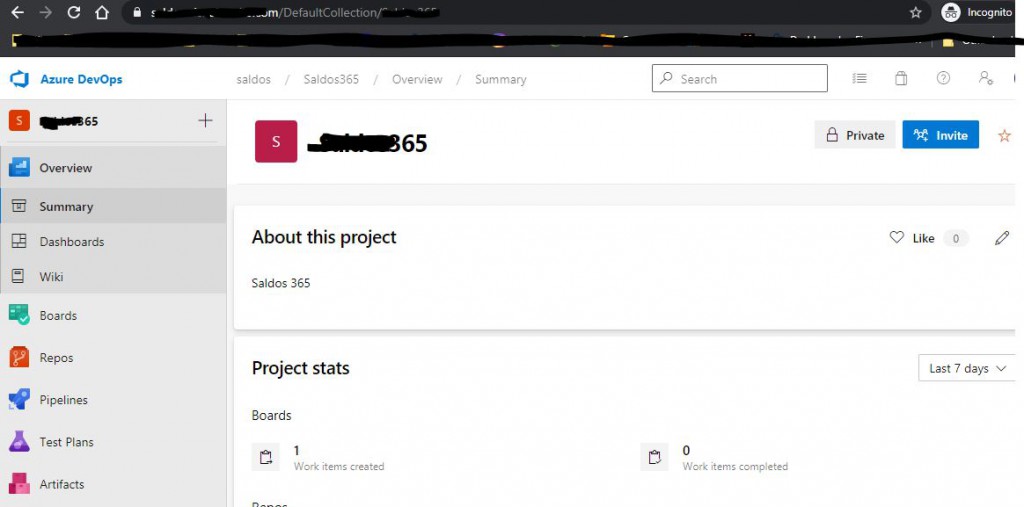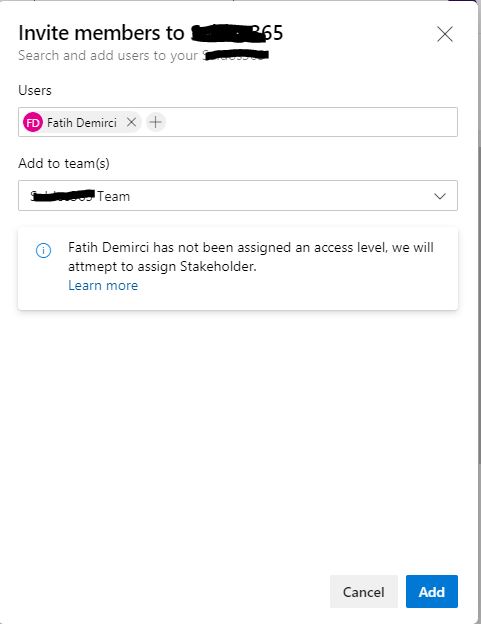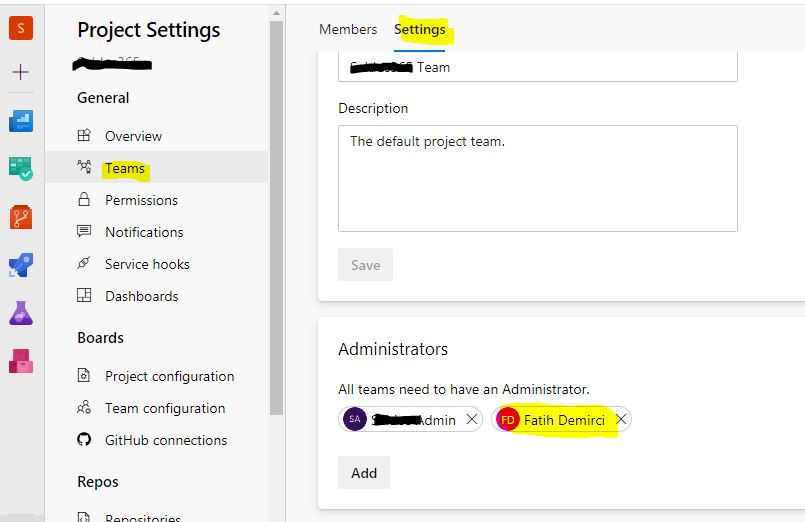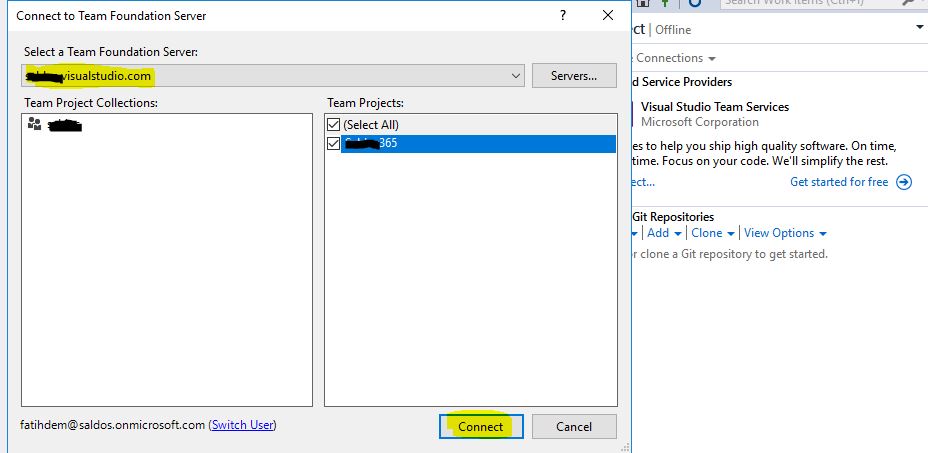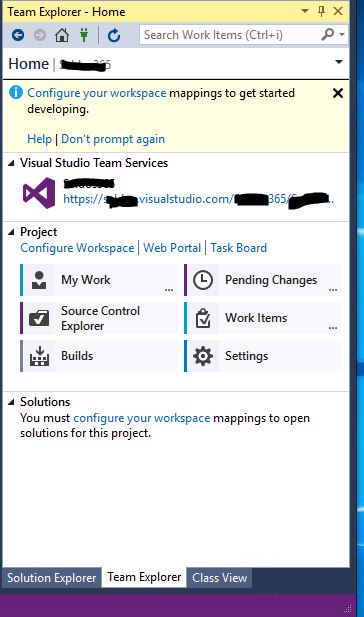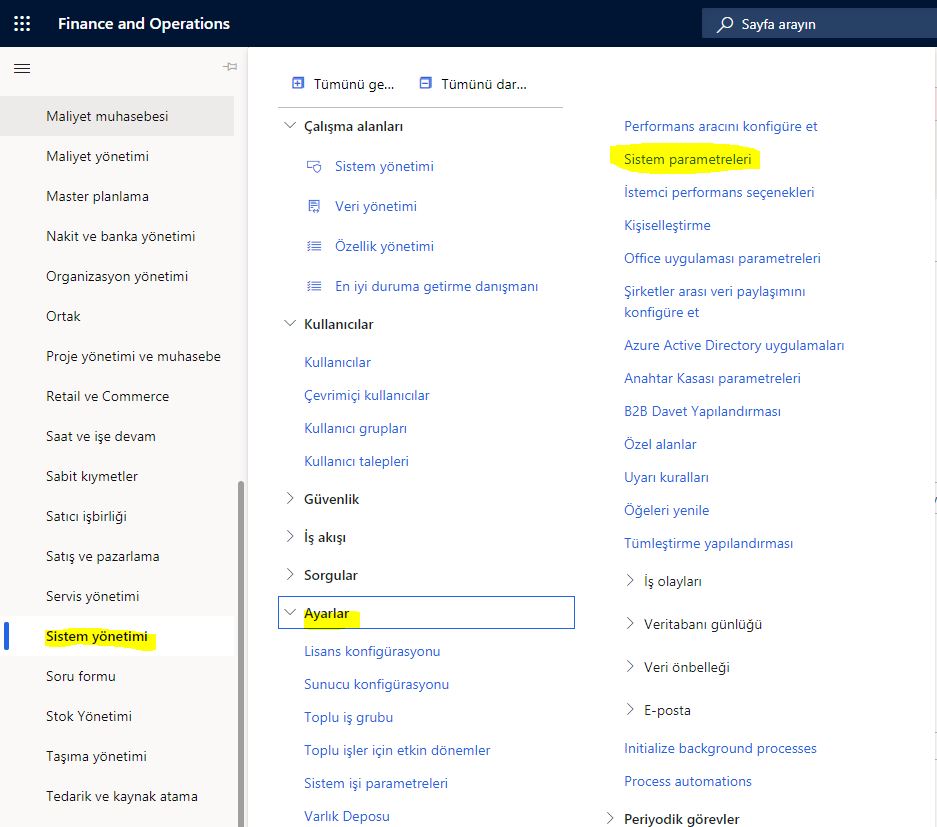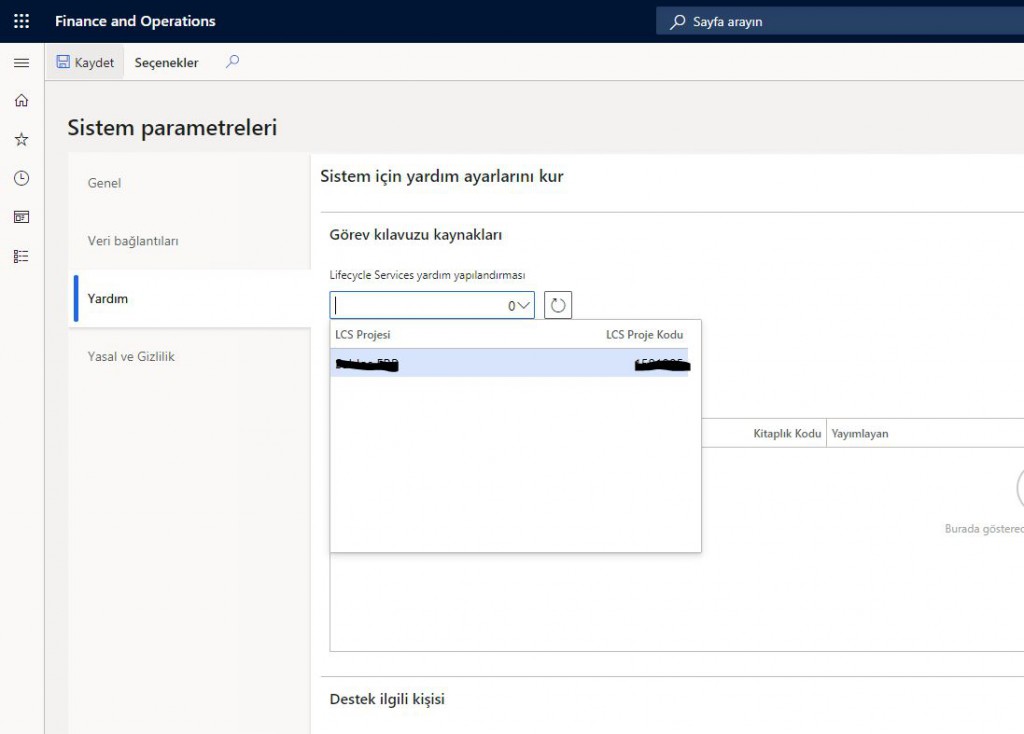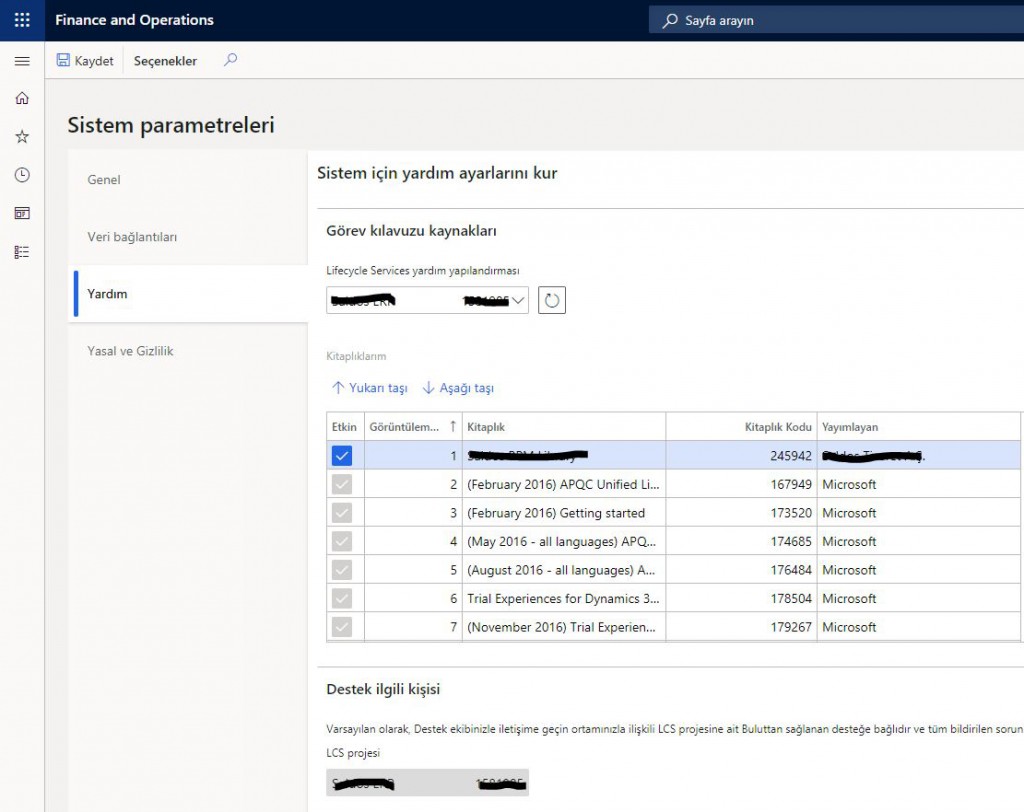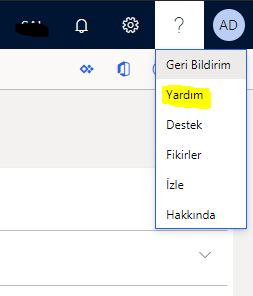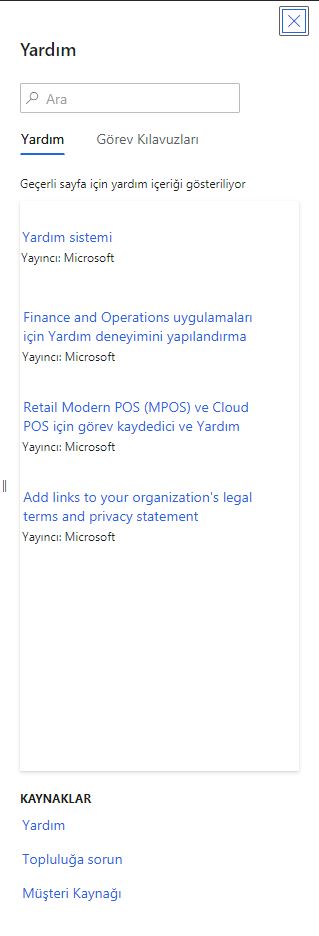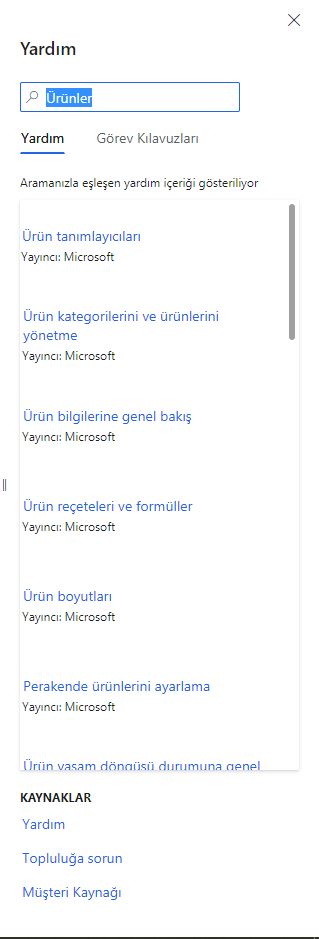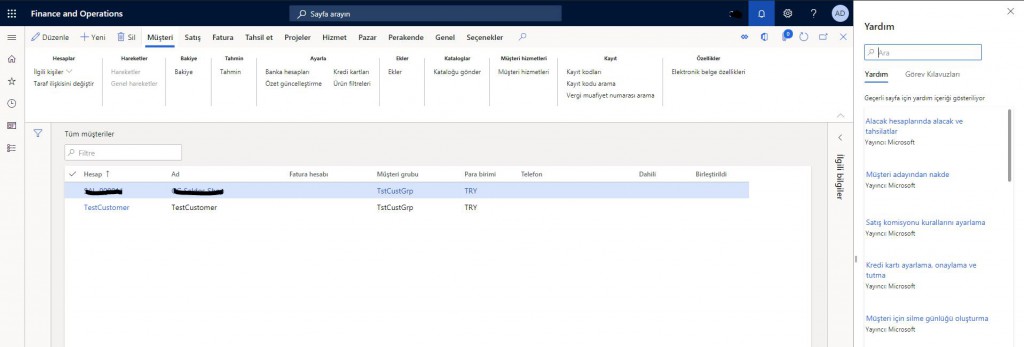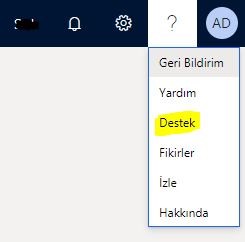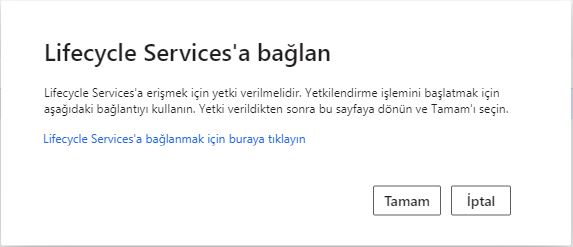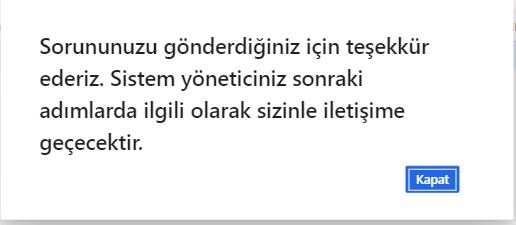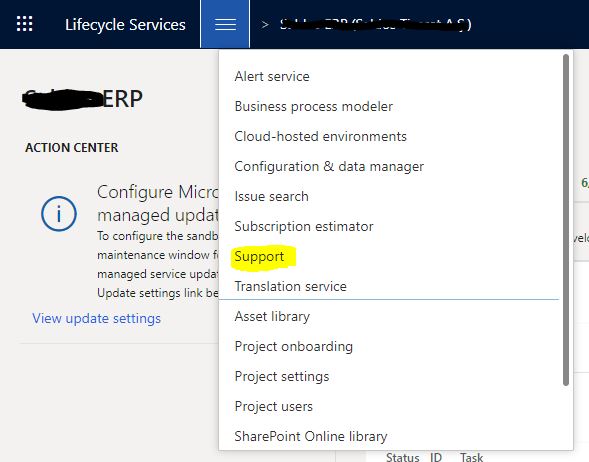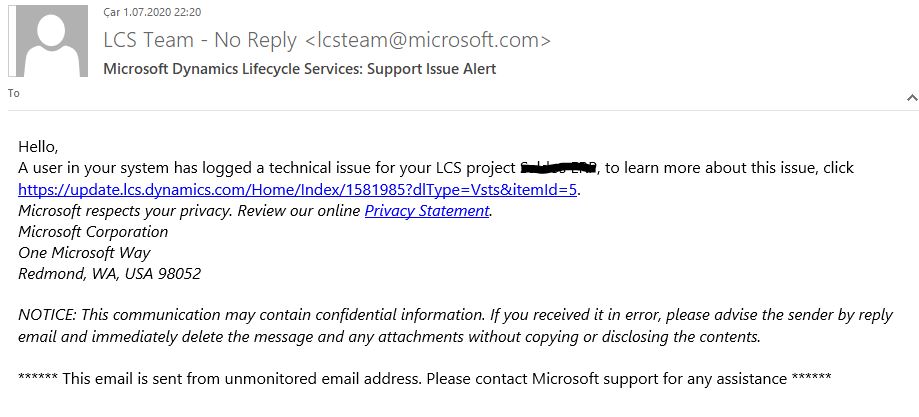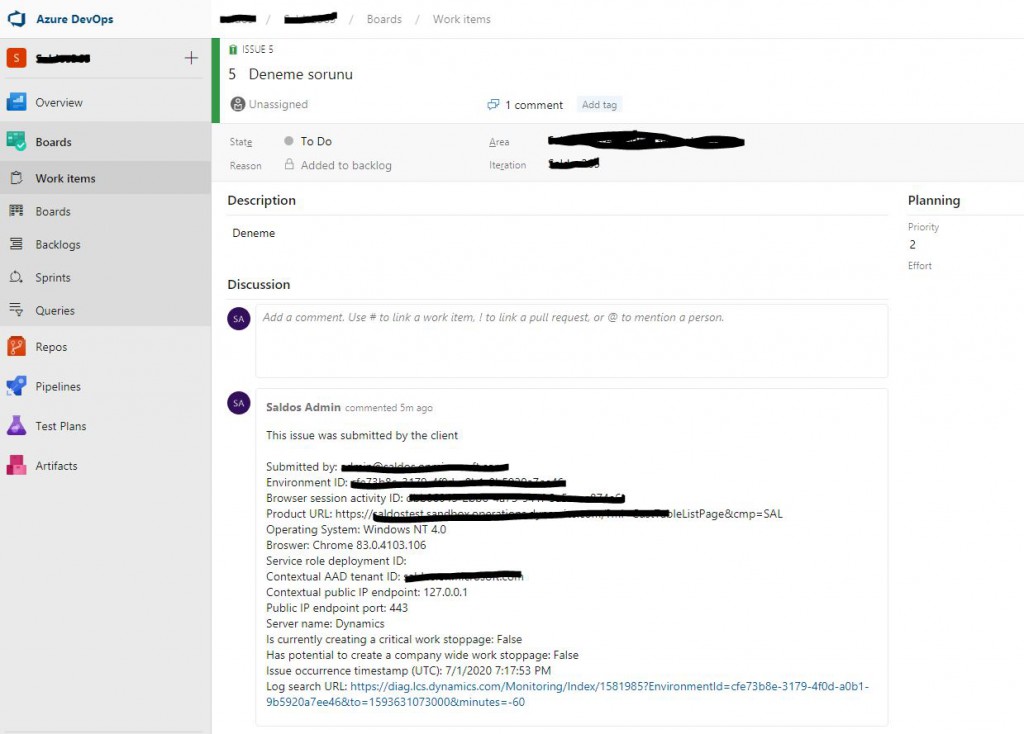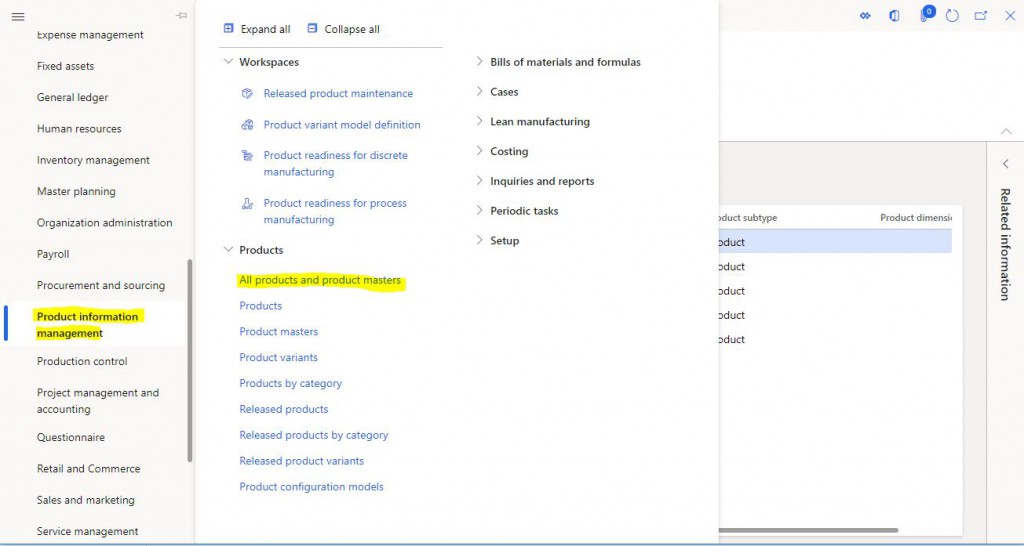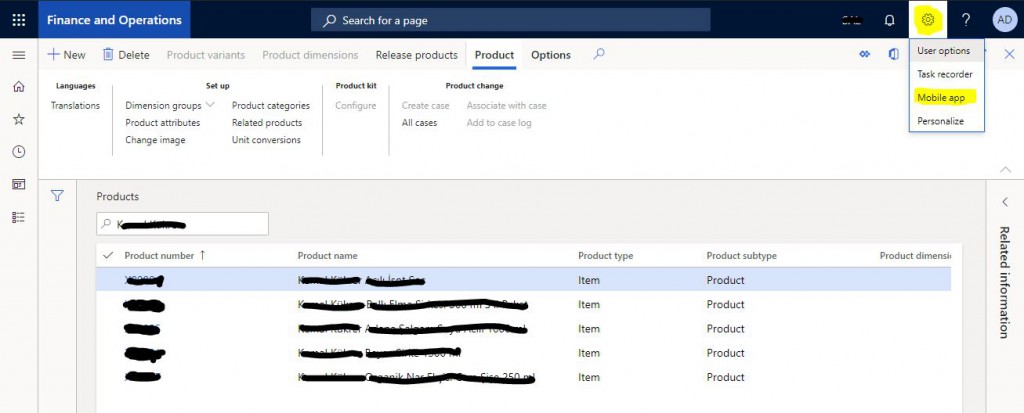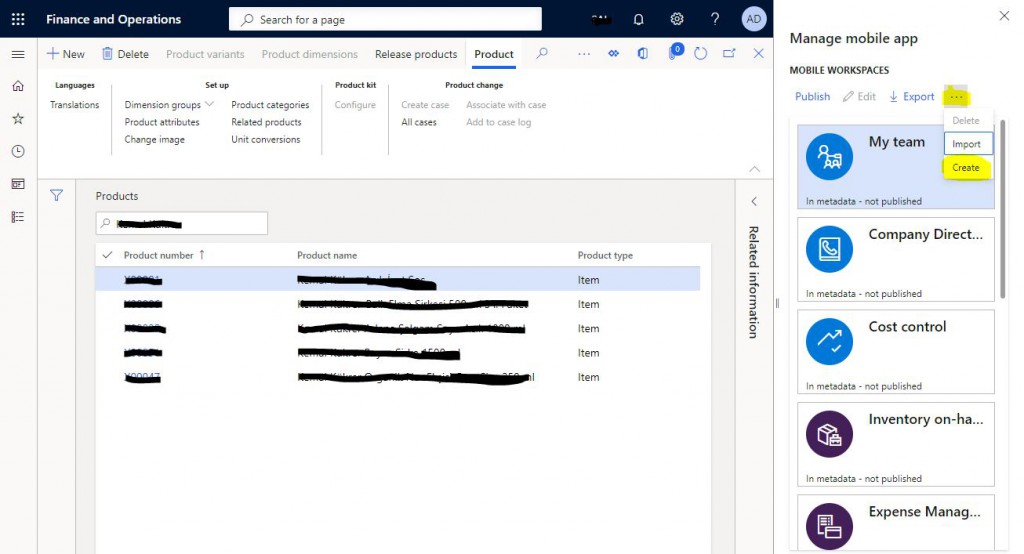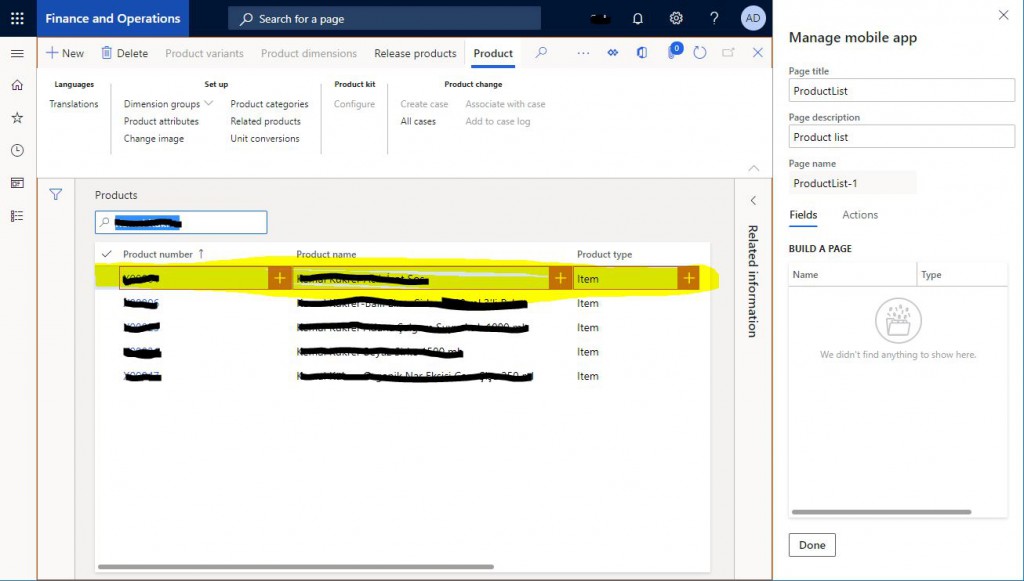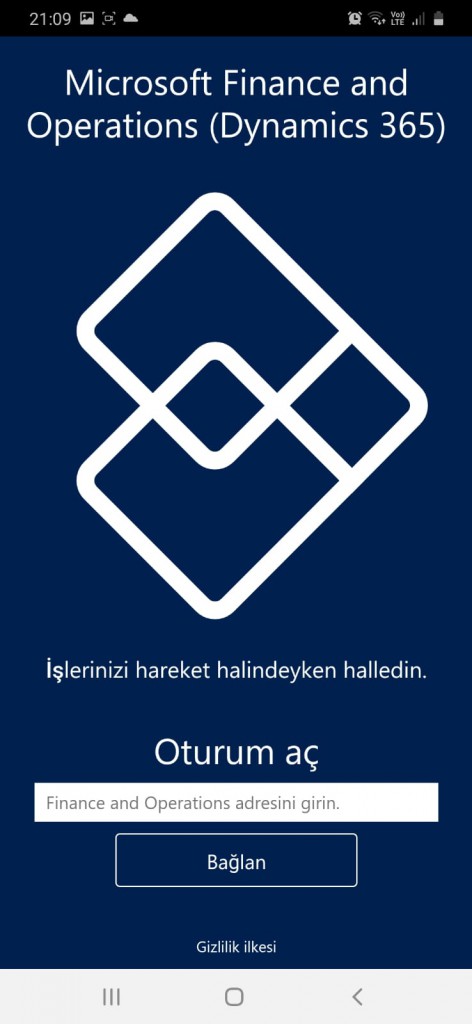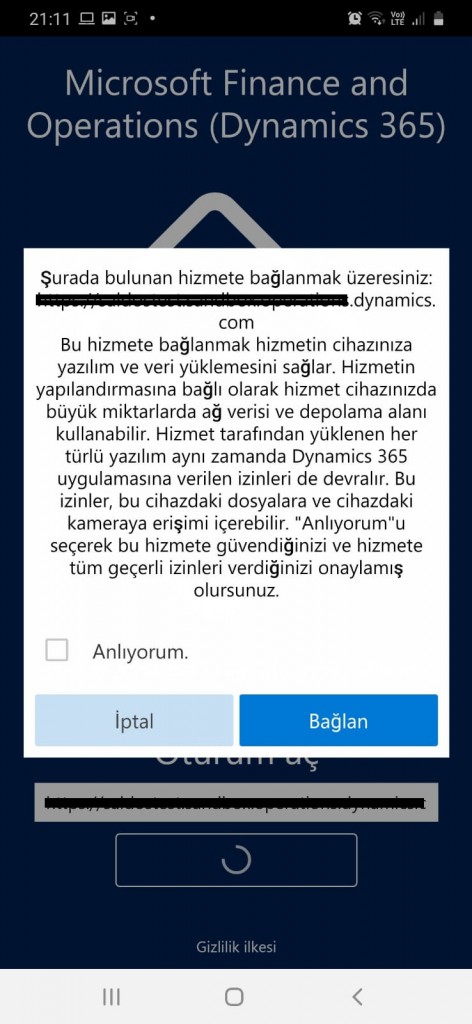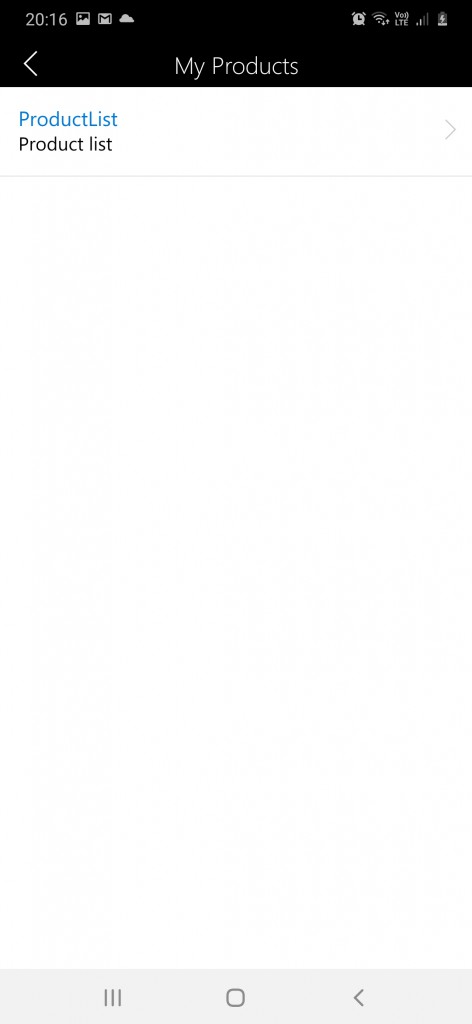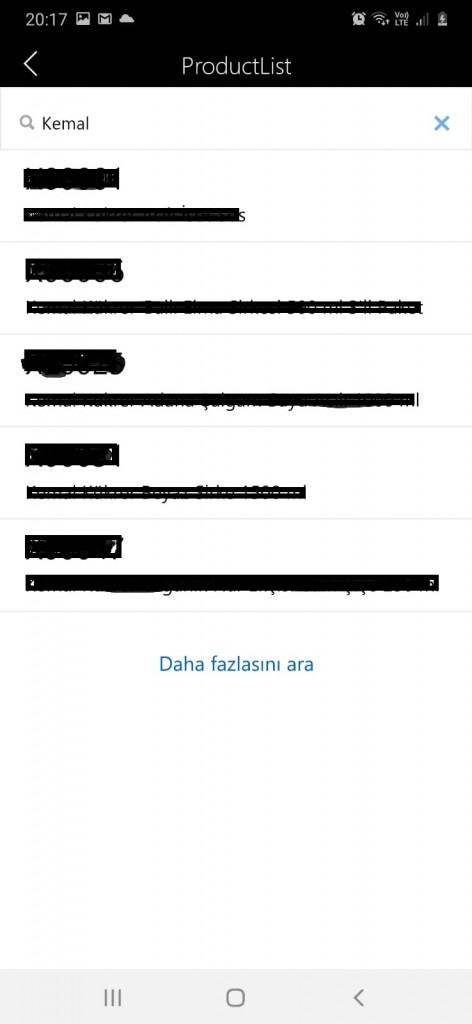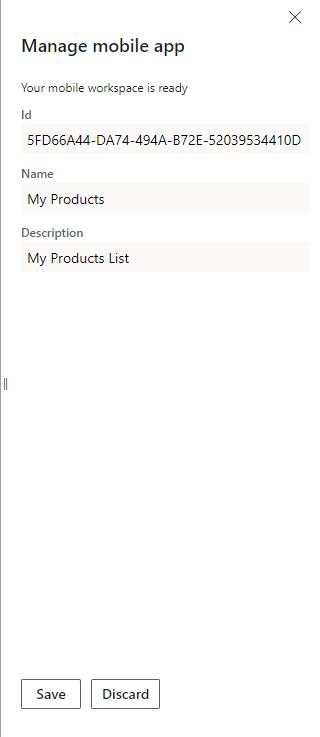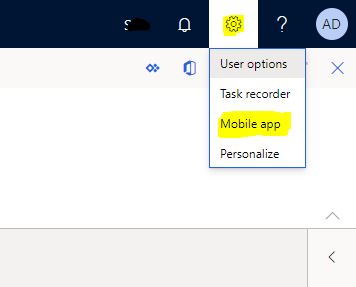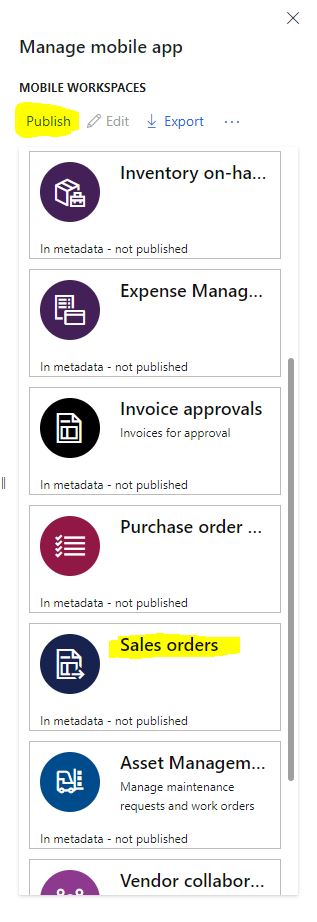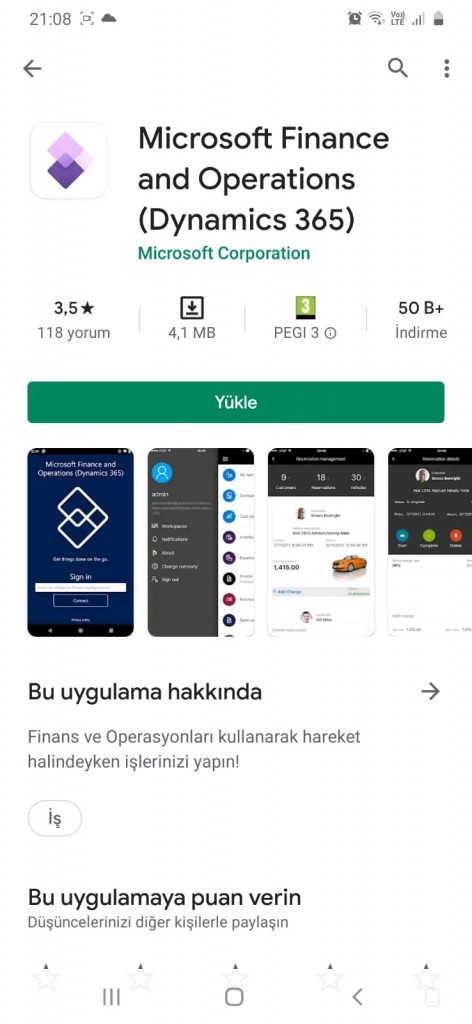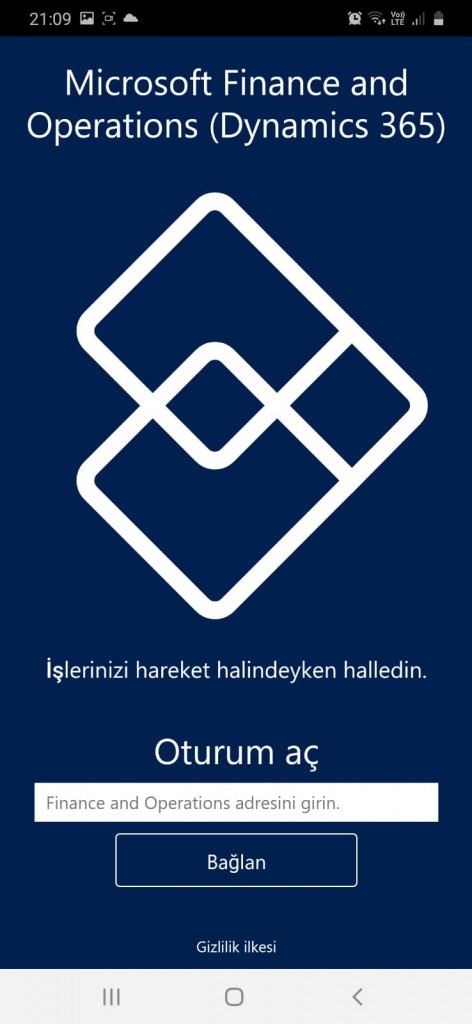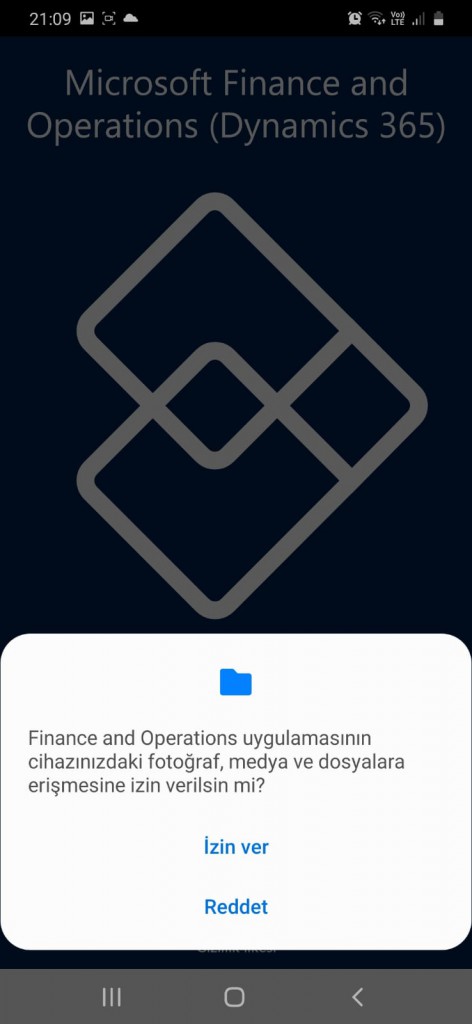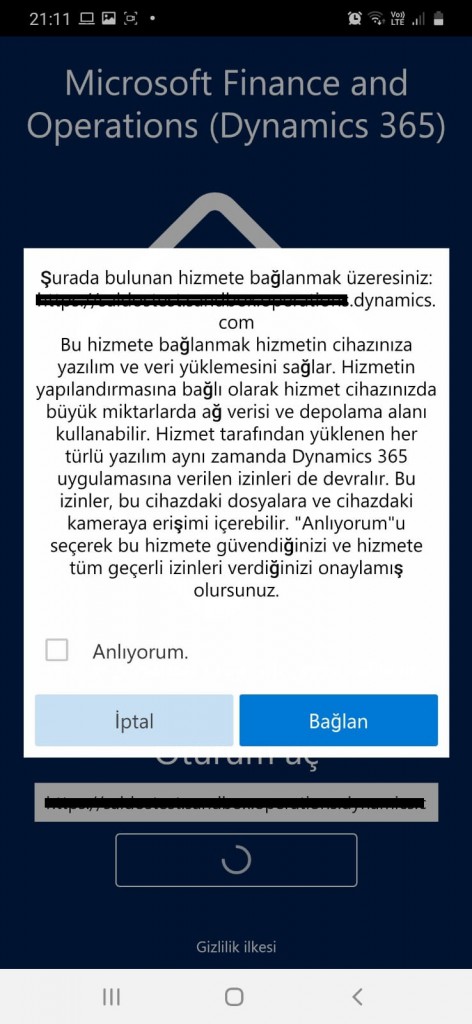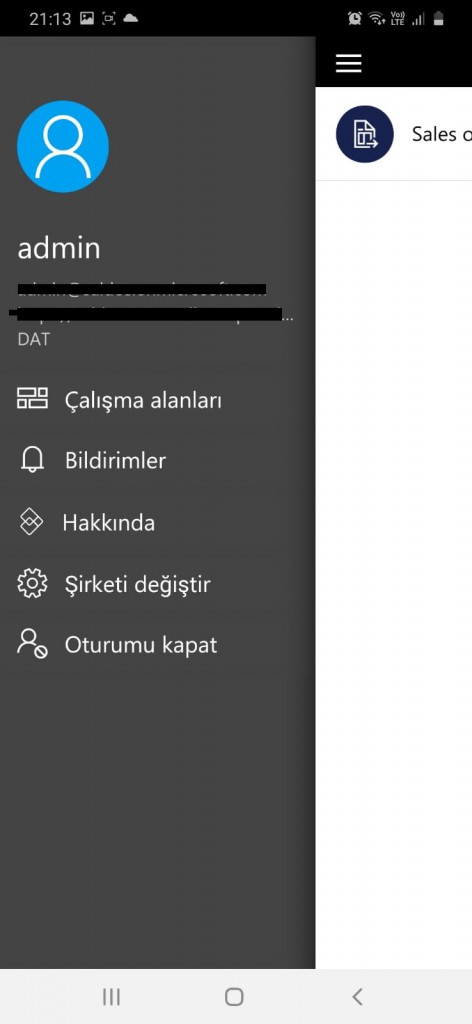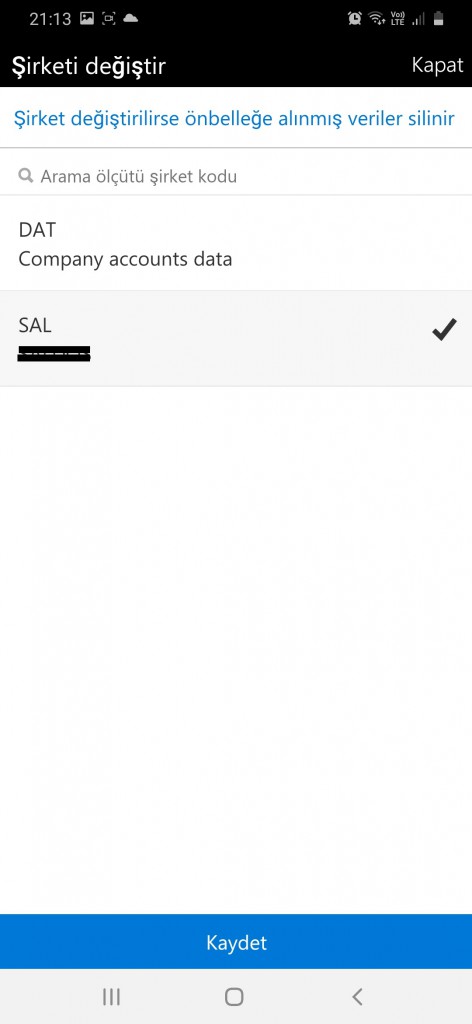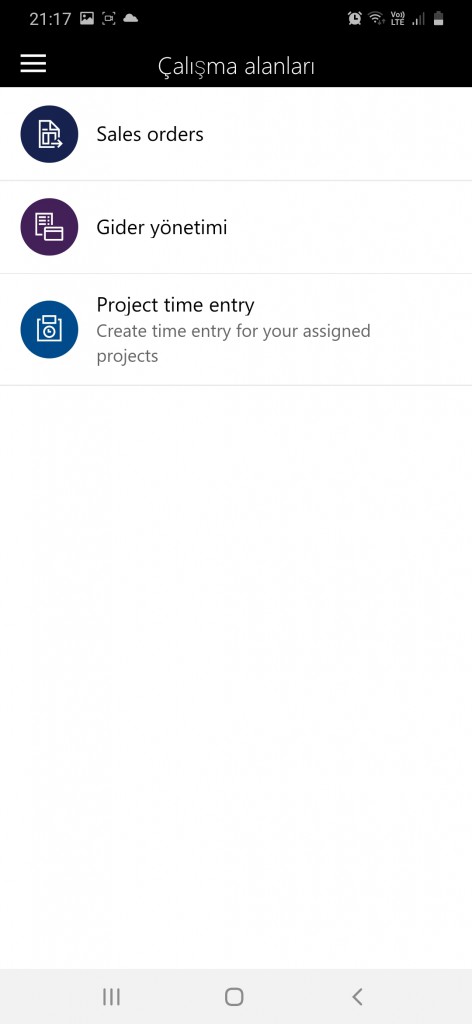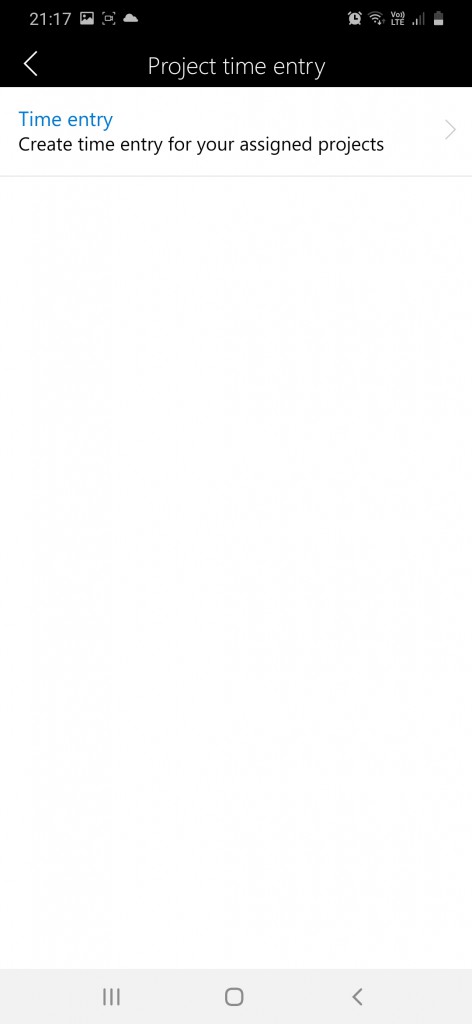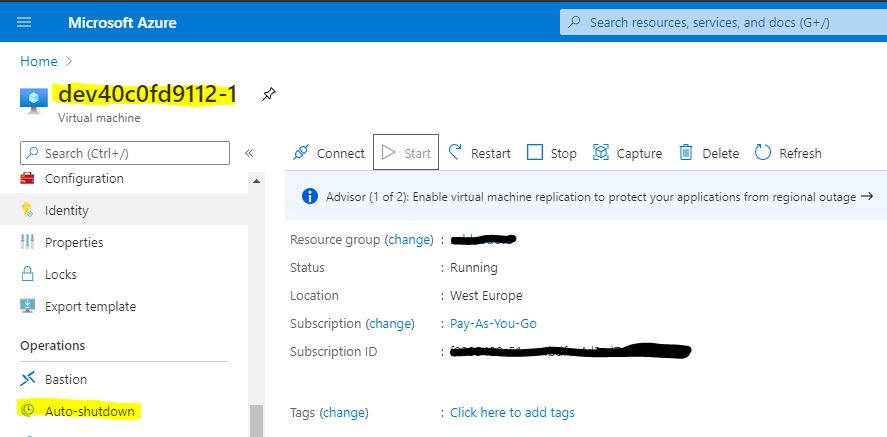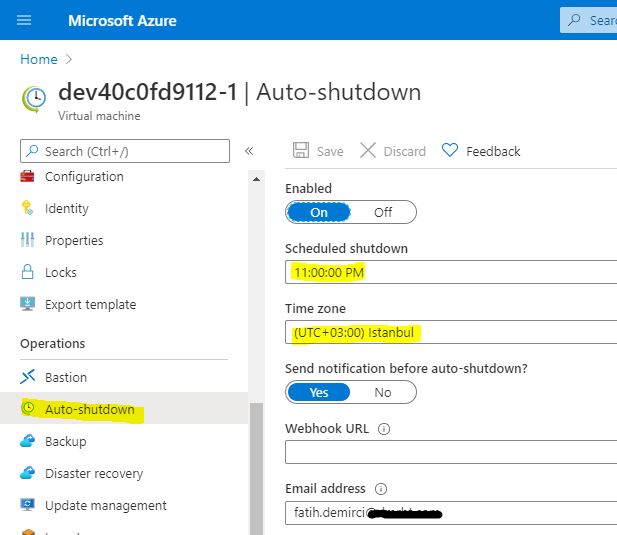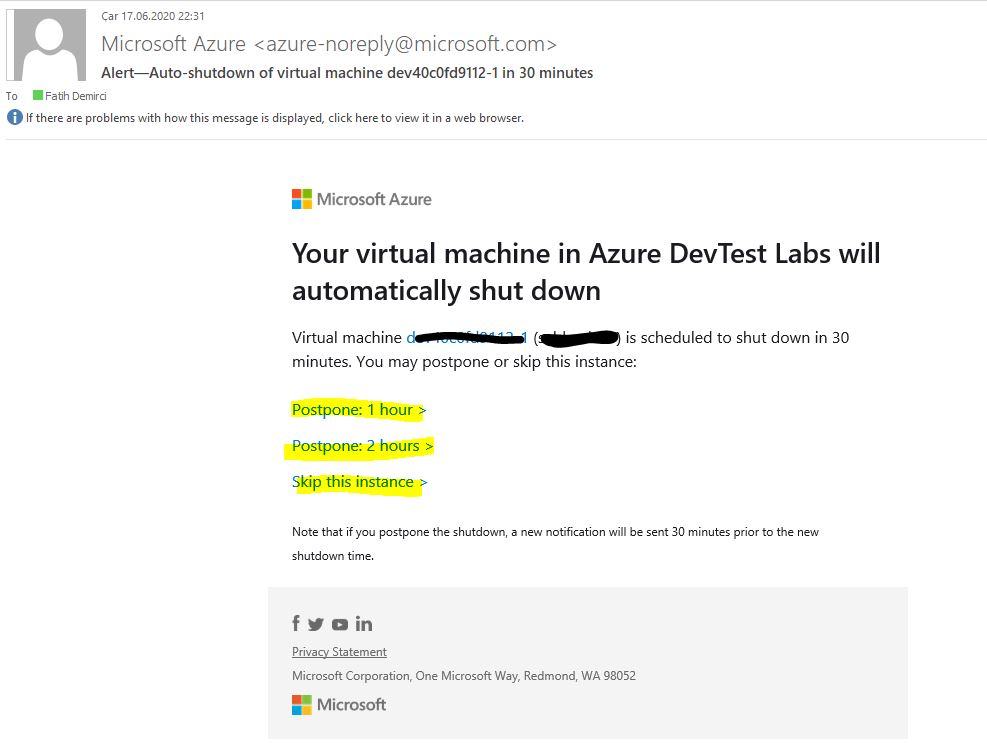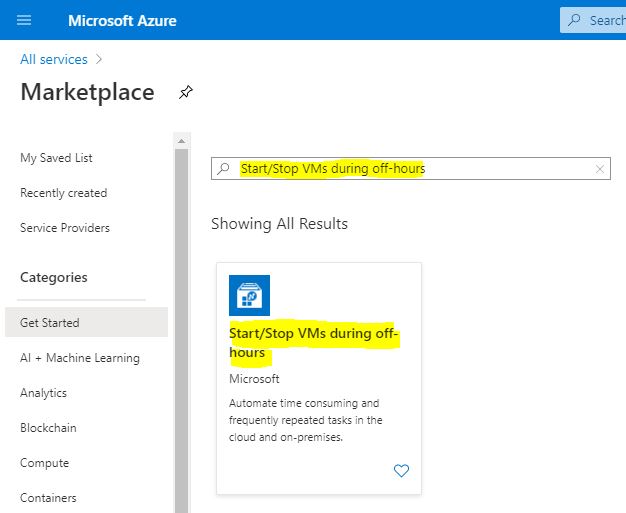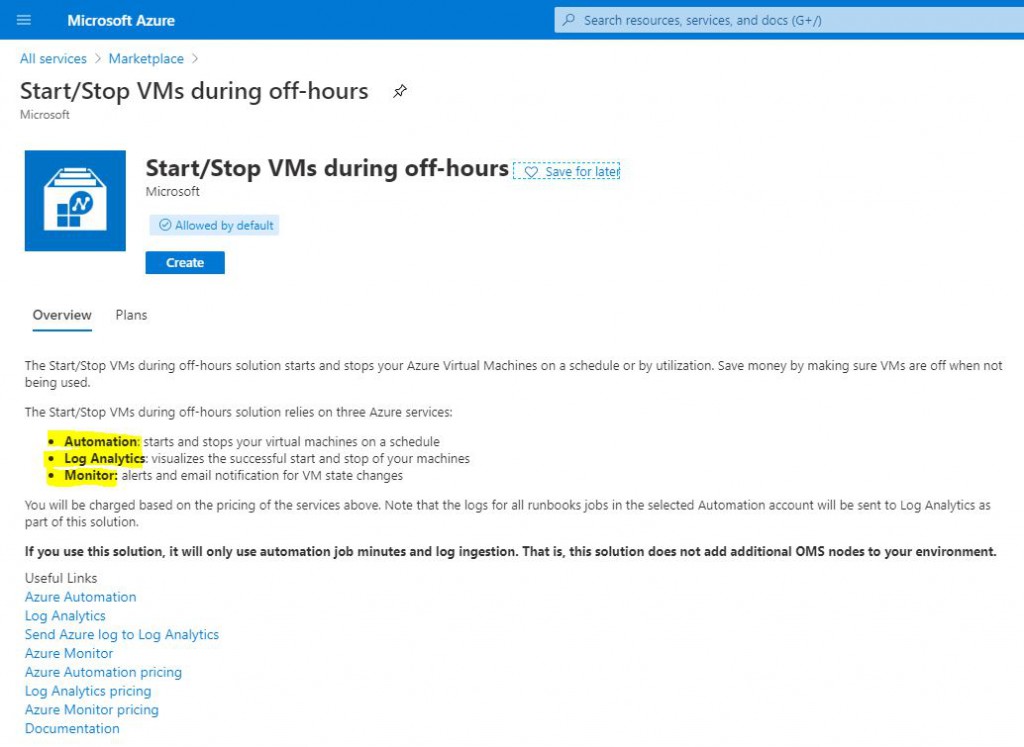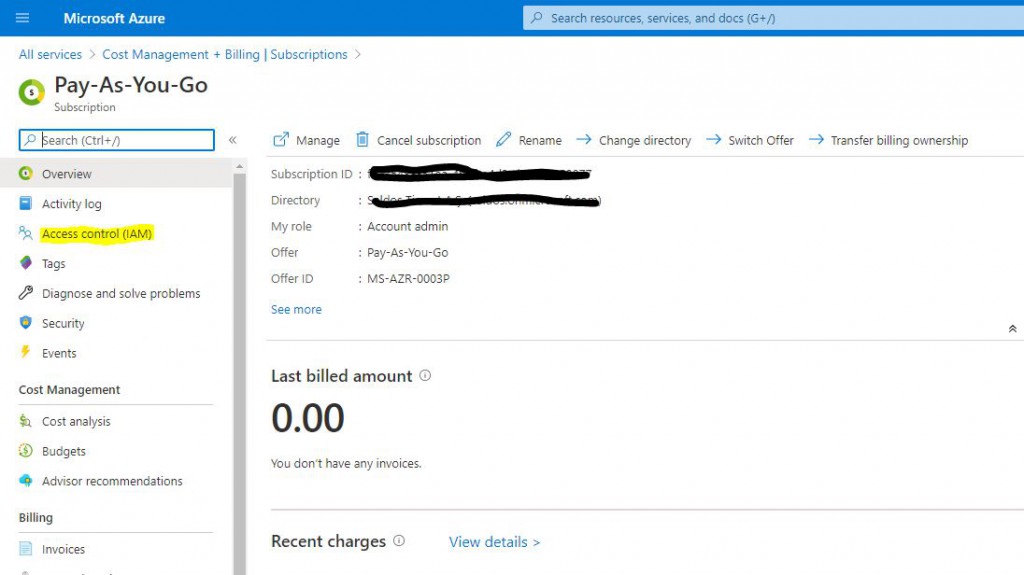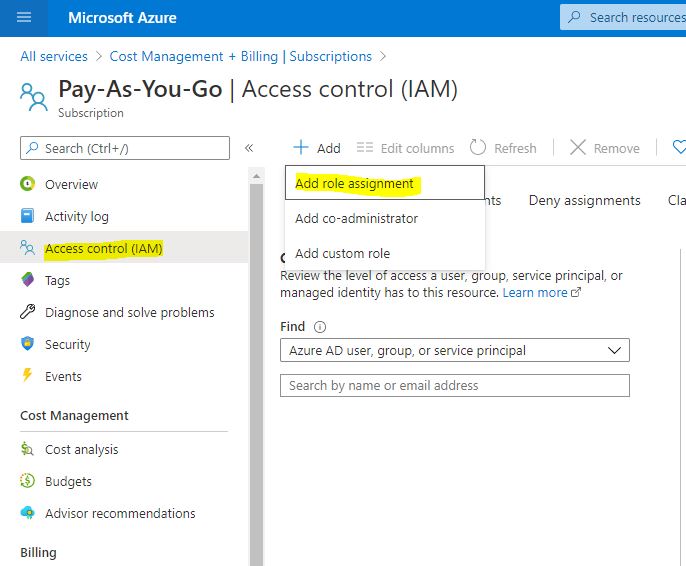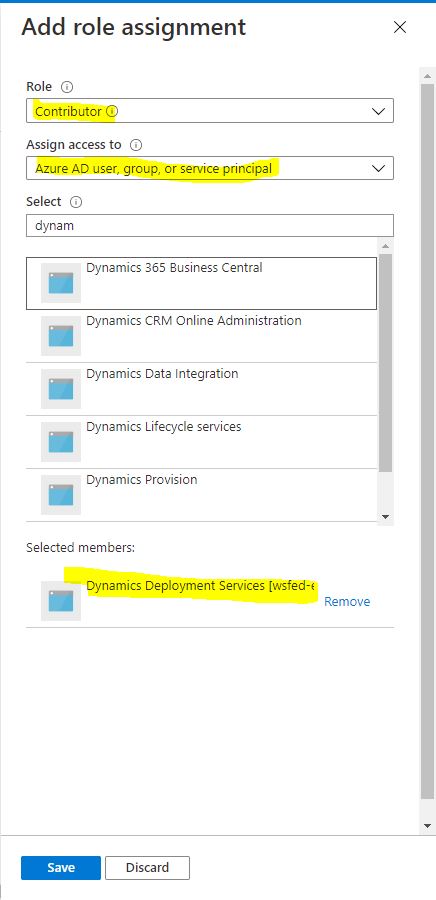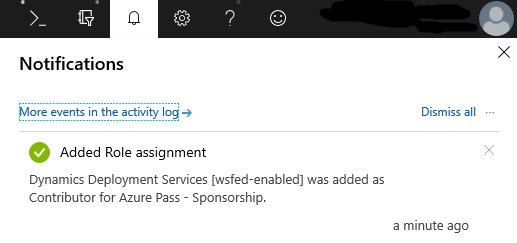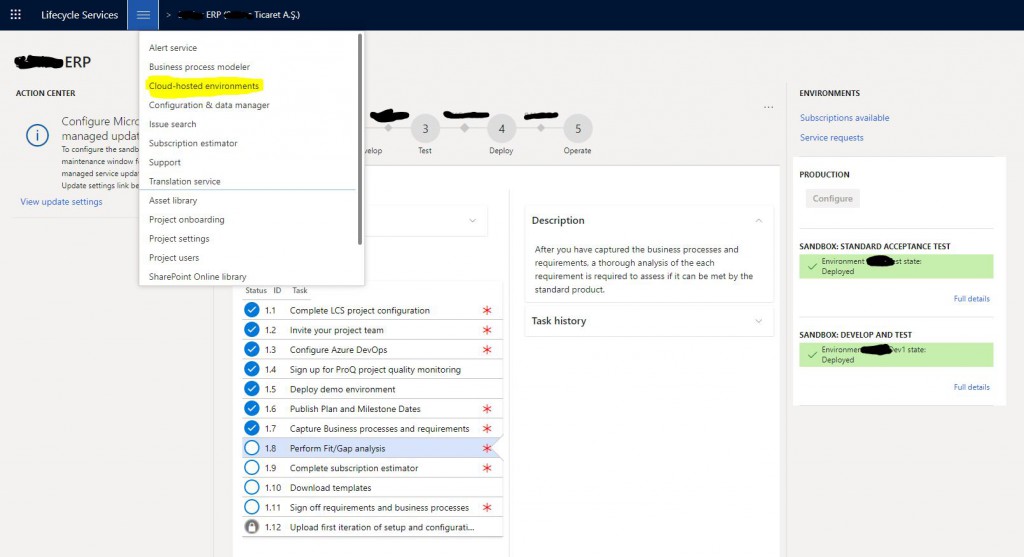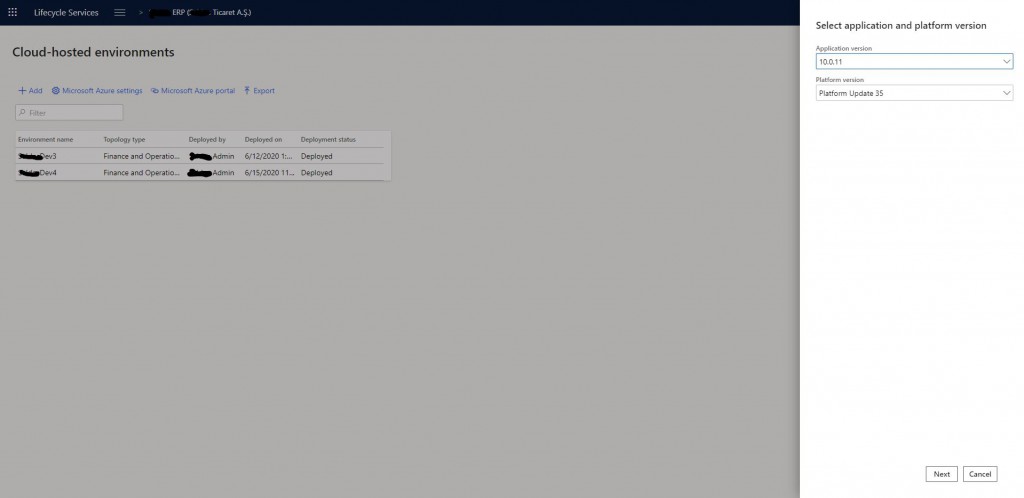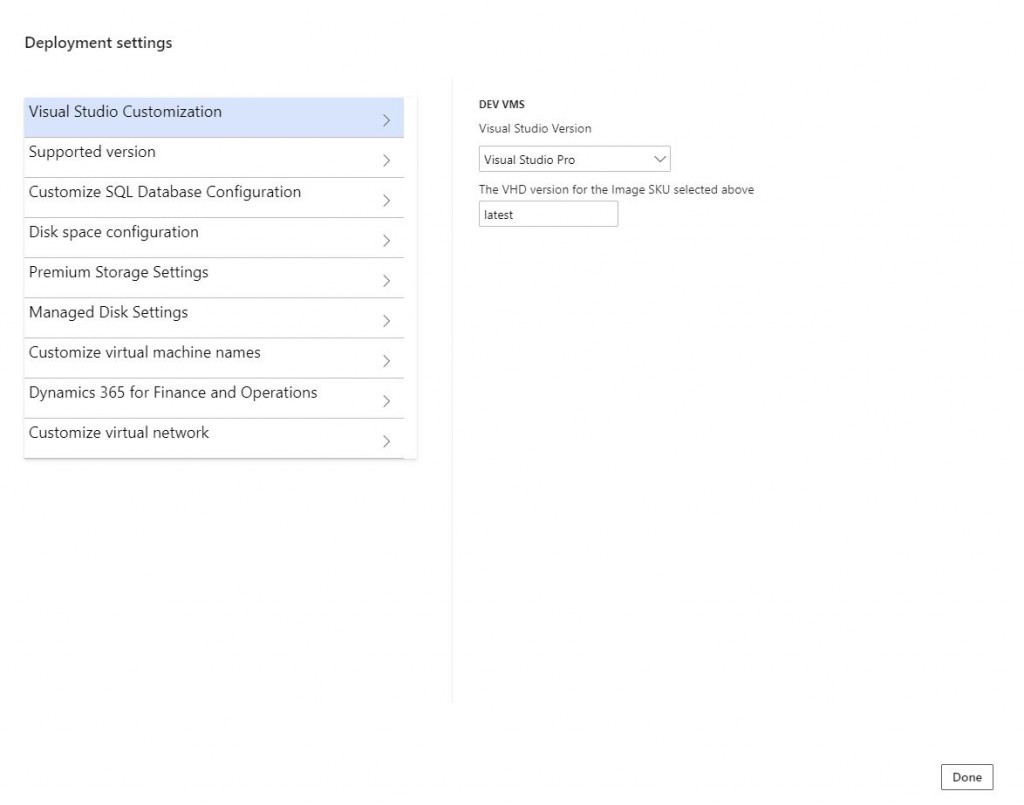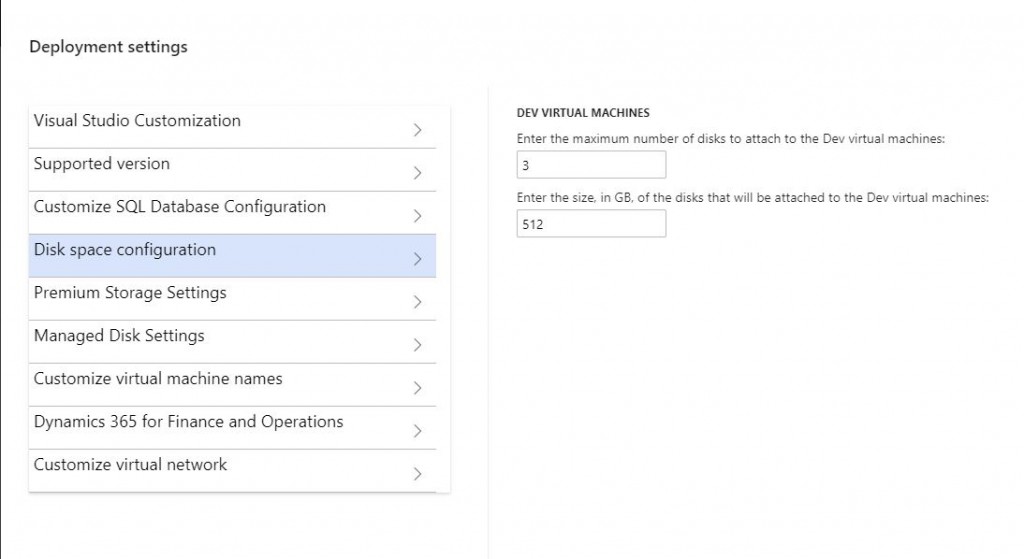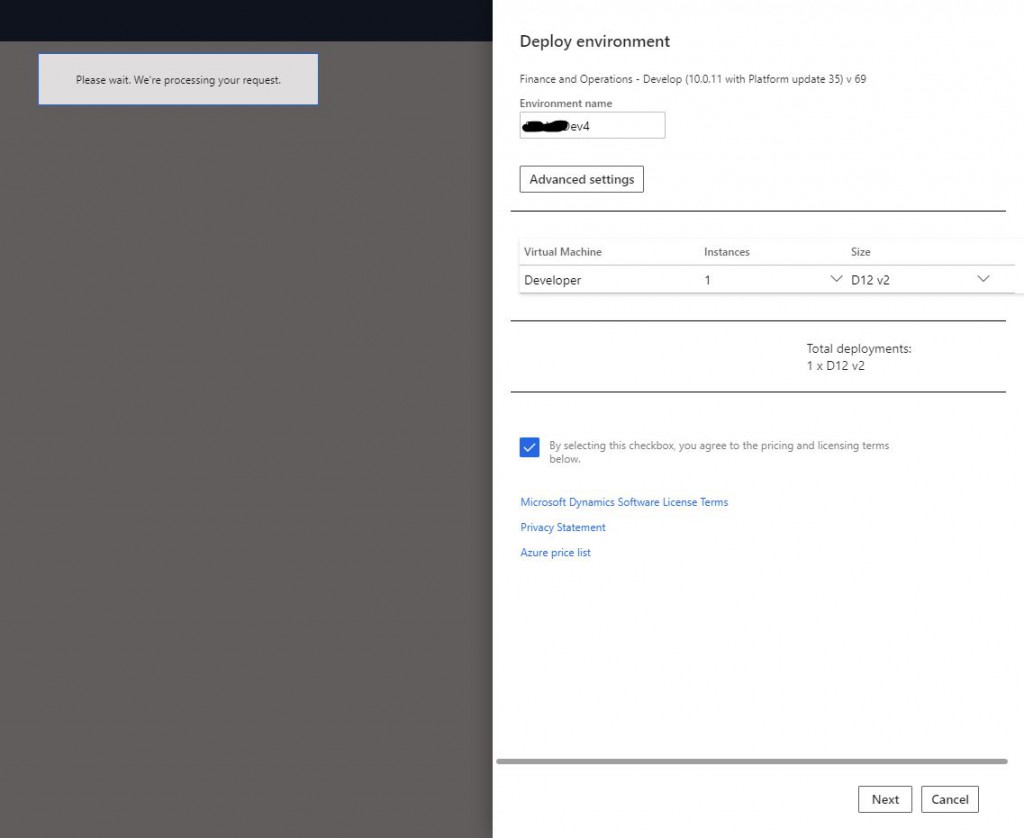How to Change the Default Model for Dynamics 365 Finance and Operations Developments?
When you install a new DevBox for Dynamics 365 Finance and Operations, the default model is Fleet Management. If you create a new model, you can mark it as the default model while creating it. However, to use an existing model, it is necessary to make changes to the DynamicsDevConfig file.
In my previous articles, I created the DmrWMS model and marked it as the default model. Therefore, my every new project opens in the DmrWMS model.
Image-1
I have two models in this environment. If I want to work on the other model, unfortunately I cannot choose it while creating the project.
Image-2
As you can see, it is not possible to choose a model in the new project creation screen, or I could not find it. Of course I did some research.
Image-3
To change this, it is necessary to open the DynamicsDevConfig file in C:\Users\Adminb17ce65567\Documents\Visual Studio 2015\Settings. You must go to this path with your own user. Adminb17ce65567 is my auto-generated admin user. That is the user I connect with Remote Desktop. You can find very useful information in the DynamicsDevConfig file. Let’s go over these 3 features for now.
<DefaultCompany></DefaultCompany> // You can set the default company here.
<DefaultModelForNewProjects>DmrWMS</DefaultModelForNewProjects> // You can change the default model here. When first opened, you will see Fleet Management here.
<DefaultWebBrowser i:nil=”true” /> // You can set the default browser here. Sometimes if you want to use Chrome for tests you can change this.
Image-4
In this article, I tried to explain how you can change the default model with the DynamicsDevConfig file. It is imperative to work with the model and it is necessary to set up the model management correctly and make sure that the software developers develop the right model. It becomes troublesome to fix them later.
Regards.
www.fatihdemirci.net
TAGs: Microsoft Life Cycle Services, LCS, Azure, Azure DevOps, DynamicsDevConfig, Microsoft Dynamics 365, MsDyn365FO, MsDyn365CE, MsDyn365, Dynamics 365 Insights Power BI, Power Automate, Power Apss, Power Virtual Agents, what is Dynamics 365, Dynamics 365 ERP, Dynamics 365 CRM
